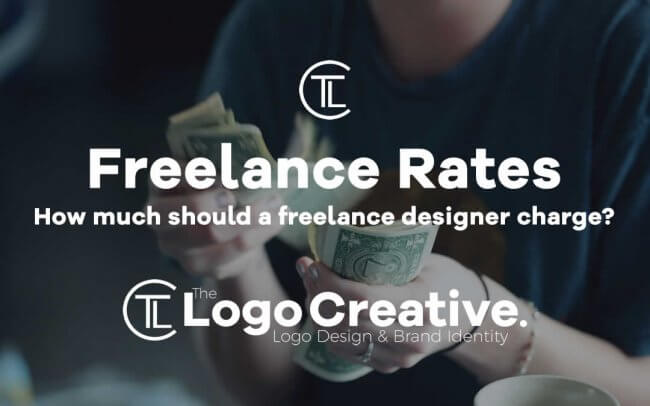Working out how much you cost is easy. But how much you should charge is a little more complex. There are many ways to charge for the work you do, but in my opinion there is only one way. If you want something more scalable than your average freelance business, you should charge for the value you created. So the question is How Much Should a Freelance Designer Charge? let’s take a look at how you can calculate your rates.
Table of Contents
Cost
Work out how much you need a year, divide it by the number of hours you plan on working, with a buffer and 1 or 2 hours a day for sales and admin. Easy.
52 weeks — 4 weeks holiday — 2 weeks sick — 4 weeks buffer = 42 weeks
42 weeks = 210 days = 1260 hours (6 hour days)
$100k / 1140 hours = $90 an hour.
Don’t go below this unless you can live on less. $100k is a great salary. Rarely do people start your freelance career there. But it is important to choose a salary you’re comfortable with, covering all your expenses and making it worthwhile. Compare it to getting the perfect full-time job if you’re stuck.
And remember, keep it to yourself. This is your cost, not your price.
Benefits of hourly rates
- Hourly rates are easy to work out. You can see what most other freelancers charge and you already know what your time costs.
- Customers expect to pay this way already.
- It can be a way to signal your experience and expertise. The higher the better. It can also be great for filtering for the best potential customers.
Downsides to hourly rates
- You will be compared to it, regardless of how fast you work or how good you are. This can be a problem for advanced freelancers.
- You are severely limited to how much you can earn. You’re literally trading hours for money. So good luck not feeling guilty when you’re on holiday!
My opinion is, if you’re charging your customers by the hour, you’re not a business, you’re a temporary employee. Fixed prices are the way to go. You want to avoid charging for your time as much as possible. Fixed prices can be based on a rough estimate of the time at first, then increased depending on rarity, the value created and what the customer can afford. If something is hard to estimate, break it into smaller deliverables. That way you can scale what you do.
Fixed prices make sense because the expectations are set up front. The customer knows that they’re getting and for how much. You know how much work is involved. Estimates need to be rough because they’re impossible to get right.
Benefits of fixed pricing
- Your earnings can be more in line with the value you create, and you can concentrate on adding more value in less time.
- Your motivation will be to finish quickly and move onto the next piece of work. As long as you keep your quality high, this shouldn’t be a problem.
- You can fluctuate your price based on the tasks involved, whether you enjoy the work more, or what type of customer they are.
Downsides to fixed pricing
- You might severely under-estimate the work involved and lose money. So adding a buffer is crucial.
What about the budget?
A budget is a necessity. This defines the scope of work involved. A common response to “What is your budget?”, is “I don’t know”, or worse, “Not much”. Well, you can buy a cheap car that goes slow or an expensive car that goes faster. It’s your job to tell the customer what kind of car they need. This means helping them decide a budget that gets them where they want to go.

